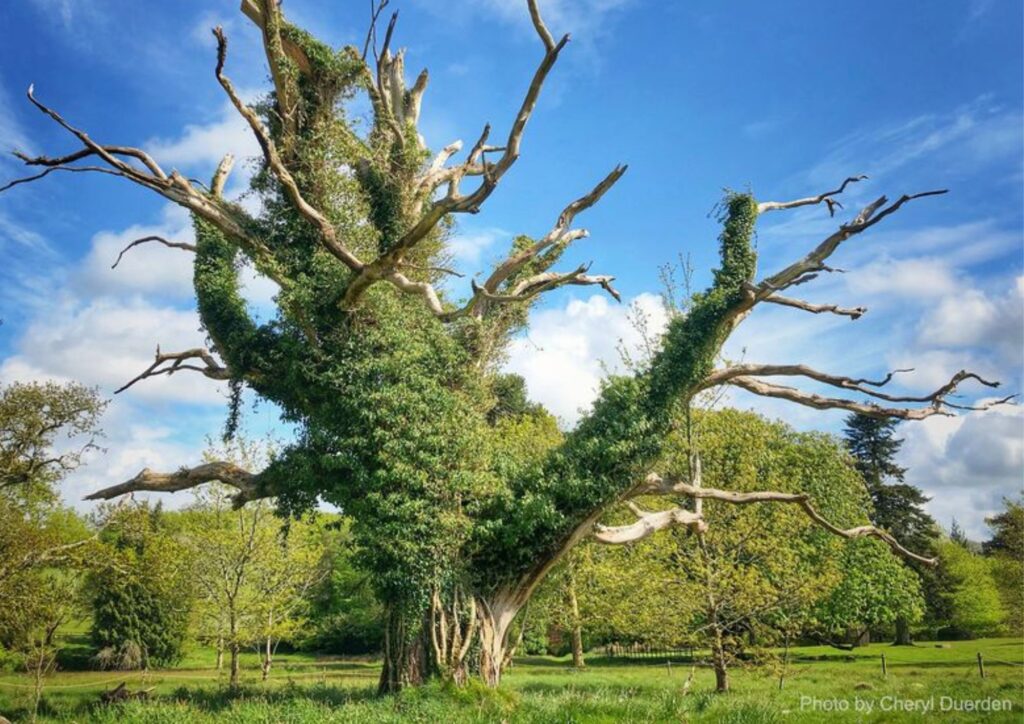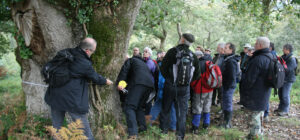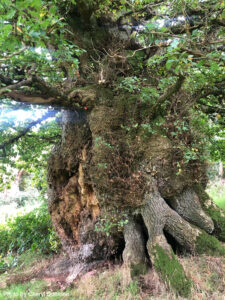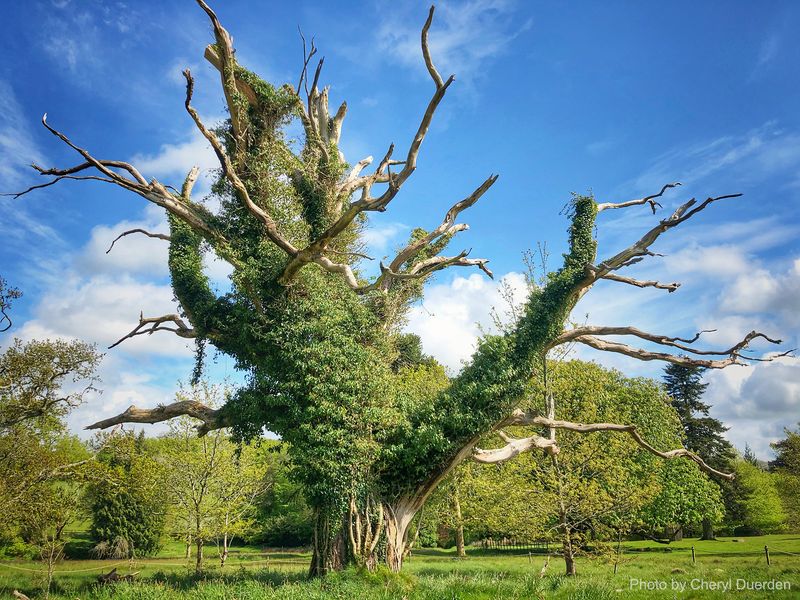What wildlife-rich looks like:
Dead branches, decaying wood, holes, cavities, splits, sap runs and loose bark. Ancient treesA tree that has reached a great age compared to others of th... More with wide and hollow trunks. Features support a wealth of wildlife, particularly moths, beetles, flies, fungi, lichens, nesting birds and roosting bats. A range of flowering plants, trees and shrubs are close by and provide nectar and pollen for the moths, beetles and flies.




